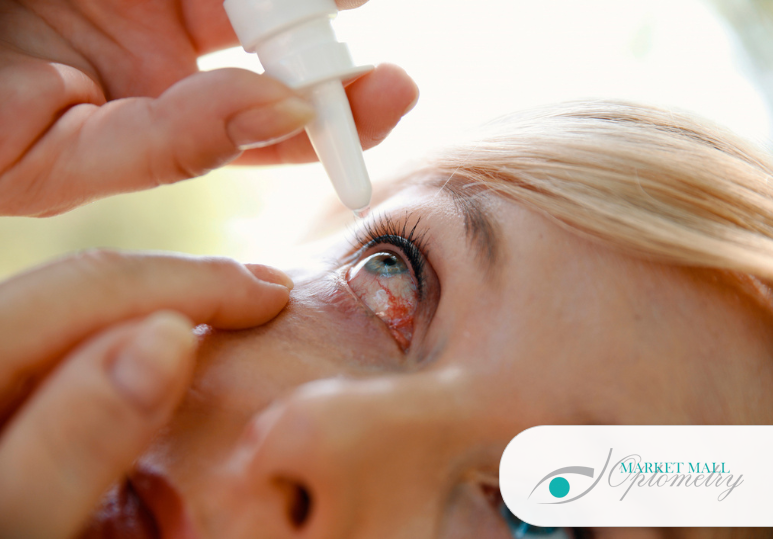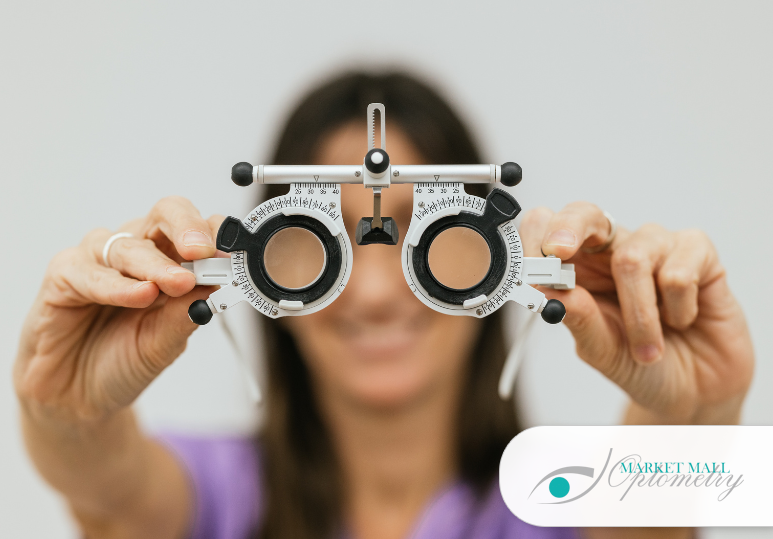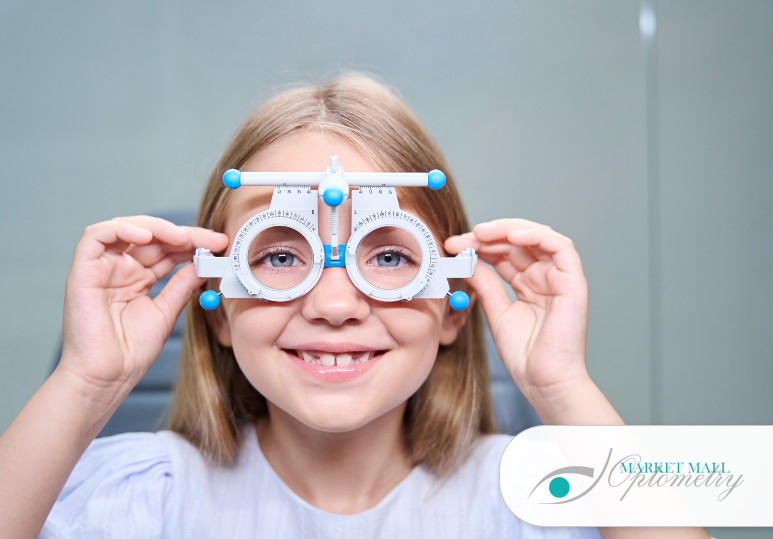Diabetes is a challenging condition that affects millions of Canadians, and its impact extends far beyond blood sugar control. One of the most significant threats to those with diabetes is diabetic retinopathy, a sight-threatening complication that can lead to blindness if left untreated. In this article, we will delve into the world of diabetic retinopathy, aiming to shed light on its symptoms, risk factors, and most importantly, how you can take proactive steps to prevent it. Your vision is invaluable, and understanding diabetic retinopathy is crucial in protecting it.
"Understanding Diabetic Retinopathy: Symptoms, Risk Factors, and Prevention" is your helpful guide to navigating the often-unseen threat to your eyesight. Delve into the world of diabetic retinopathy to uncover its subtle symptoms, identify your risk factors, and take proactive measures to protect your precious gift of sight. Your eyes deserve the best care, and this article empowers you to make informed choices for a brighter, clearer future.
Diabetic Retinopathy Symptoms: Unveiling the Warning Signs
Diabetic retinopathy often develops without noticeable symptoms in its early stages, making regular eye exams essential for early detection and intervention. However, as the condition progresses, several symptoms may emerge, indicating the need for immediate attention.
- Blurred Vision: One of the most common symptoms, diabetic retinopathy can cause a gradual blurring of vision, making it difficult to read, drive, or perform everyday tasks.
- Floaters and Spots: Patients may notice dark spots or floaters that seem to drift across their field of vision. These are often caused by the bleeding of tiny blood vessels in the eye.
- Fluctuating Vision: Vision changes may occur, seeming to improve and worsen sporadically. This can be particularly frustrating and requires prompt evaluation by an eye care professional.
- Impaired Colour Vision: Diabetic retinopathy can affect the perception of colours, making them appear faded or less vibrant.
Understanding the Risk Factors: Who is Vulnerable to Diabetic Retinopathy?
Diabetic retinopathy doesn't discriminate; anyone with diabetes, whether it's Type 1 or Type 2, is at risk. However, several factors can increase your vulnerability to this condition. Understanding these risk factors is the first step in taking control of your eye health.
- Duration of Diabetes: The longer you've had diabetes, the higher your risk. The risk increases significantly after 10 years of living with the condition.
- Poor Blood Sugar Control: Consistently high blood sugar levels can damage the blood vessels in the retina, leading to diabetic retinopathy. Tight blood sugar control is crucial in reducing this risk.
- Hypertension (High Blood Pressure): If you have both diabetes and high blood pressure, your risk of developing diabetic retinopathy is even greater.
- Lipid Abnormalities: High levels of cholesterol and triglycerides in the blood can contribute to the development and progression of diabetic retinopathy.
- Pregnancy: Diabetic retinopathy can also affect pregnant individuals with diabetes. It's essential to monitor your eye health during pregnancy if you have diabetes.
Preventing Diabetic Retinopathy: Taking Charge of Your Eye Health
The good news is that there are steps you can take to reduce your risk of developing diabetic retinopathy or to slow its progression if you've already been diagnosed. Prevention is key, and it starts with proactive self-care.
- Regular Eye Exams: As mentioned earlier, diabetic retinopathy often goes unnoticed until it reaches advanced stages. Therefore, having regular eye exams with an optometrist or ophthalmologist is paramount. They can detect early signs and provide timely treatment.
- Strict Blood Sugar Control: Maintaining target blood sugar levels is critical. Work closely with your healthcare team to develop a diabetes management plan that helps keep your blood sugar in check.
- Control Hypertension and Lipid Levels: Managing high blood pressure and cholesterol levels through lifestyle changes and medication, if necessary, can significantly reduce your risk of diabetic retinopathy.
- Lifestyle Choices: Adopting a healthy lifestyle can play a pivotal role in preventing diabetic retinopathy. This includes eating a balanced diet, engaging in regular physical activity, quitting smoking, and limiting alcohol consumption.
- Pregnancy Management: If you're planning to become pregnant or are already pregnant and have diabetes, closely monitor your blood sugar levels and consult with your healthcare team to ensure a healthy pregnancy and reduce the risk of diabetic retinopathy.
In conclusion, diabetic retinopathy is a serious condition that can threaten your vision, but knowledge and proactive steps can go a long way in protecting your eyes. Familiarizing yourself with the symptoms and risk factors of diabetic retinopathy is the first step towards early detection and intervention. Regular eye exams are crucial for catching this condition in its earliest stages when treatment options are most effective.
Remember that while certain risk factors, like the duration of diabetes, cannot be changed, you have the power to manage others, such as blood sugar levels and lifestyle choices. By working closely with your healthcare team and making positive changes in your life, you can significantly reduce the risk of diabetic retinopathy and enjoy a lifetime of clear vision. Your eyes are precious, and taking care of them is an investment in your overall well-being and quality of life.
Written on behalf of Market Mall Optometry.
FAQs
Q: What is diabetic retinopathy, and how does it develop?
A: Diabetic retinopathy is an eye condition that stems from prolonged high blood sugar levels damaging the retina's blood vessels, leading to vision problems.
Q: Are there any early warning signs of diabetic retinopathy that I should watch out for?
A: Early signs include blurred vision, floaters, fluctuating vision, and impaired color perception, though it often starts without noticeable symptoms.
Q: What role do regular eye exams play in preventing and managing diabetic retinopathy?
A: Regular eye exams are crucial for early detection and management of diabetic retinopathy, allowing timely treatment when needed.





